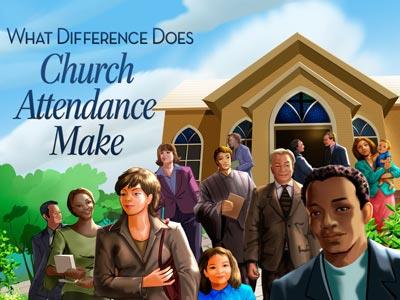-
The House Not Made With Hands
Contributed by Mary Erickson on Nov 15, 2021 (message contributor)
Summary: A sermon for the Sundays after Pentecost, Year B, Lectionary 33
November 14, 2021
Hope Lutheran Church
Rev. Mary Erickson
Mark 13:1-8; Hebrews 10:11-14
The House Not Made with Hands
Friends, may grace and peace be yours in abundance in the knowledge of God and Christ Jesus our Lord.
“For we know that if the earthly tent we live in is destroyed, we have a building from God, a house not made with hands, eternal in the heavens.” – 2 Corinthians 5:1
In our passage from today’s gospel, Jesus and his disciples are visiting the temple in Jerusalem. This was a relatively new temple. It had been completed only about 30 years previous under the reign of Herod the Great. Herod was a great builder. He thought he could please his Jewish constituents AND provide himself with everlasting fame to reconstruct and improve the glory of Solomon’s former temple.
Herod spared no expense. The temple was constructed out of limestone. HUGE blocks of stone were quarried. The smallest stones weighed two or three tons. The largest stone is over 36 feet long and weighs hundreds of tons. No mortar is used. The weight of the stones alone holds them in place. How did they move such stones and set them in place?
The rocks were hewn in the quarry and moved on rollers by teams of oxen to the site. As the walls grew higher, a great earthen berm was heaped up along the walls. The oxen followed the heightened trail. When all the walls were in place the earthen berm was removed.
So the disciples and Jesus were sitting outside the temple. The disciples marvel at the size of the stones. “Look how impressive they are!” they say.
I imagine looking at the temple and those massive stones was reassuring. It was a magnificent sight. The power of the institution is carried on its symbols. The front doors of the temple were solid gold panels. They faced east, and legend has it that when the sun shone on them, the reflection was blinding. The gold, the weight of the stones, what could be more assuring and more certain? The disciples feel compelled to point it out to Jesus. “Look!” they say.
Jesus surprises them with his answer, “Do you see these buildings? Not one stone will be left standing upon another. They’ll all be destroyed.”
The temple mount and the temple itself were so impressive. They seemed immovable and everlasting. And yet, in just a few years after Mark penned his gospel, the Roman army would descend upon Jerusalem and utterly destroy the temple. Nothing remained but a pile of rubble. The Jewish temple would never be rebuilt. Today the Muslim Al-Aqsa Mosque stands on the exact spot of the old temple.
The disciples are gob-smacked. It’s difficult for them to absorb what Jesus has just revealed to them. The temple is the center of Jewish religion. They couldn’t imagine it destroyed.
This scene takes place during the last week of Jesus’ life. Just a few days previous he’d ridden into Jerusalem on the back of a donkey. People cheered him on. But in a few more days, Jesus will be arrested and condemned to die by crucifixion.
Now, just before this exchange with the disciples, Jesus had been observing the temple’s treasury area. He watched as a poor widow put all of her money – two copper coins – into the treasury. Jesus remarked on the total sacrifice of her gift. She gave her everything. Meanwhile, well off people put in considerably more, but it was just a tiny bit of their overall wealth.
While in the temple area, Jesus had also denounced the hypocrisy of the religious scribes. They liked to parade about in their fancy robes and be treated with honor. He added, “They devour widow’s houses and make long-winded prayers for the sake of appearance.”
Jesus’ tour of the temple area left him with a bitter aftertaste. He loathed the uncaring and hypocritical attitude of a religious hierarchy grown arrogant and greedy. They’d lost their way. They’d corrupted the purity of devotion to God and sold their neighbor for a profit. They had failed in following the two greatest commandments: Love God with all your heart, and your neighbor as yourself.
It was that outrage that prompted Jesus to overturn the tables of the money changers and livestock sellers. They overcharged and ripped off people who just wanted to worship their God. He wanted to cleanse the temple of that corruption.
As the church of Jesus Christ, we should read this text and tremble. As my favorite theologian, Jurgen Moltmann, says, the church exists for Christ’s sake. Christ is our center. His mission is our mission. We exist to proclaim his message and serve in his love and grace.
The military identifies what they call “mission creep.” It means that they engage in a military situation with one set of objectives in mind. But along the way, things get added to that plan. One small thing gets tacked on and then another, and another, and over time, their purpose of engagement has shifted from the mark.

 Sermon Central
Sermon Central



